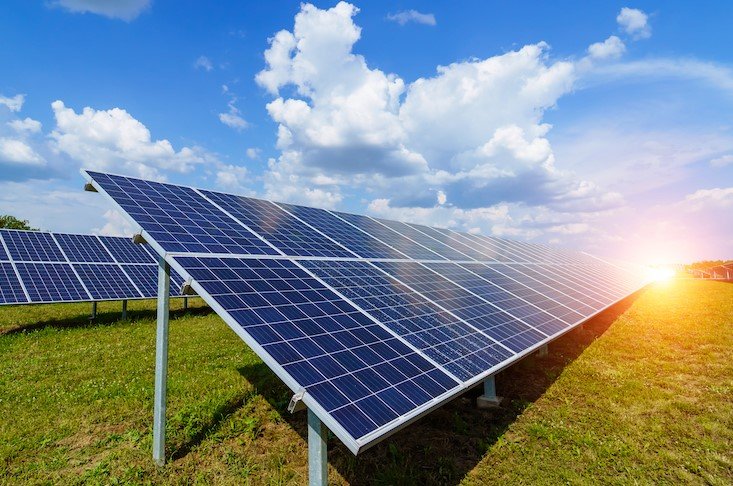Georgia has taken a key step forward in its push for clean energy by approving feasibility studies for two solar power plants in the Kakheti region. The projects, named Patardzeuli 1 and Patardzeuli 2, aim to boost the country’s renewable energy output and support its goal of reducing reliance on traditional power sources, with construction set to begin after studies wrap up in late 2025.
Project Details and Capacities
These new solar facilities will add a combined capacity of 3.5 megawatts to Georgia’s energy grid. Officials expect them to generate enough electricity to power thousands of homes each year.
Patardzeuli 1 will feature an installed capacity of 1.75 megawatts. It should produce about 2.96 million kilowatt hours annually. This output can help meet local energy needs in rural areas.

Patardzeuli 2 matches the first in size with 1.75 megawatts of capacity. Its yearly production is projected at 2.84 million kilowatt hours. Both plants will use modern solar panels to capture sunlight in Kakheti’s sunny climate.
Here are the main features of the projects:
- Location: Patardzeuli area in Kakheti region
- Developer: Kakheti Sun LLC
- Total combined capacity: 3.5 megawatts
- Expected start of operations: 2026
Government Role and Approval Process
Prime Minister Irakli Kobakhidze signed the decree that greenlit the studies. This move aligns with Georgia’s broader strategy to expand renewables amid growing global pressure to cut carbon emissions.
The approval came through an agreement between the Electricity System Commercial Operator and Kakheti Sun LLC. Government officials reviewed environmental impacts and grid integration before giving the nod.
This decision builds on recent efforts, like connecting five solar plants totaling 10 megawatts in Kakheti earlier in 2025. It shows Georgia’s commitment to integrating solar into its national energy system for the first time on a larger scale.
Experts say such approvals speed up the shift from hydropower, which dominates Georgia’s energy mix, to diverse sources like solar and wind.
Company Background and Ownership
Kakheti Sun LLC leads the development of these solar plants. Public records reveal it is fully owned by Velia LLC.
Nino Mchedlishvili holds a 67 percent stake in Velia LLC. Lasha Iordanishvili controls the remaining 33 percent. Both have experience in energy and infrastructure projects in Georgia.
The company focuses on small scale renewable initiatives that fit local needs. This setup allows for quicker builds compared to massive projects.
Investors see potential in Kakheti’s landscape, which an international report identified as a top zone for solar investments due to high sunlight hours and low setup costs.
Impact on Georgia’s Energy Sector
These projects mark progress in Georgia’s renewable energy goals. The country aims to reach 11,000 megawatts of renewables by 2035, including solar expansions.
Adding 3.5 megawatts may seem modest, but it contributes to grid stability in eastern regions. Kakheti often faces power shortages during peak seasons, and solar can provide reliable daytime energy.
Local communities stand to benefit from job creation during construction and maintenance. Similar initiatives in highland areas, like solar setups in Tusheti, have improved access to electricity and reconnected remote villages.
| Project Name | Capacity (MW) | Annual Output (million kWh) | Key Benefit |
|---|---|---|---|
| Patardzeuli 1 | 1.75 | 2.96 | Boosts rural power supply |
| Patardzeuli 2 | 1.75 | 2.84 | Enhances grid reliability |
| Combined | 3.5 | 5.8 | Supports national renewable targets |
This table highlights how the plants fit into Georgia’s energy landscape. Overall, they reduce dependence on imports and promote sustainability.
Challenges and Future Outlook
Building solar plants in Kakheti brings hurdles like integrating with the existing grid and securing funding. Weather patterns could affect output, but advanced tech helps mitigate that.
Looking ahead, Georgia plans more solar and wind zones based on recent studies. By 2026, experts predict a surge in capacity from similar approvals.
These efforts tie into global trends, where countries like Georgia invest in renewables to combat climate change. With international support, the nation could lead in the region for green energy.
What do you think about Georgia’s solar push? Share your thoughts in the comments and spread the word to friends interested in renewable energy.
